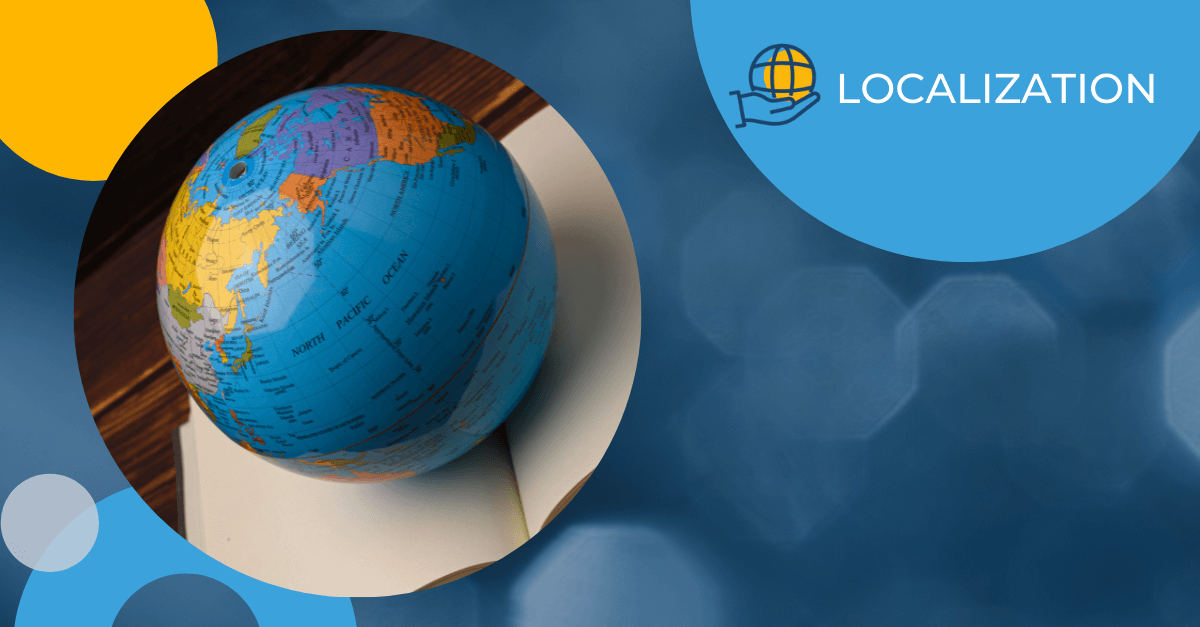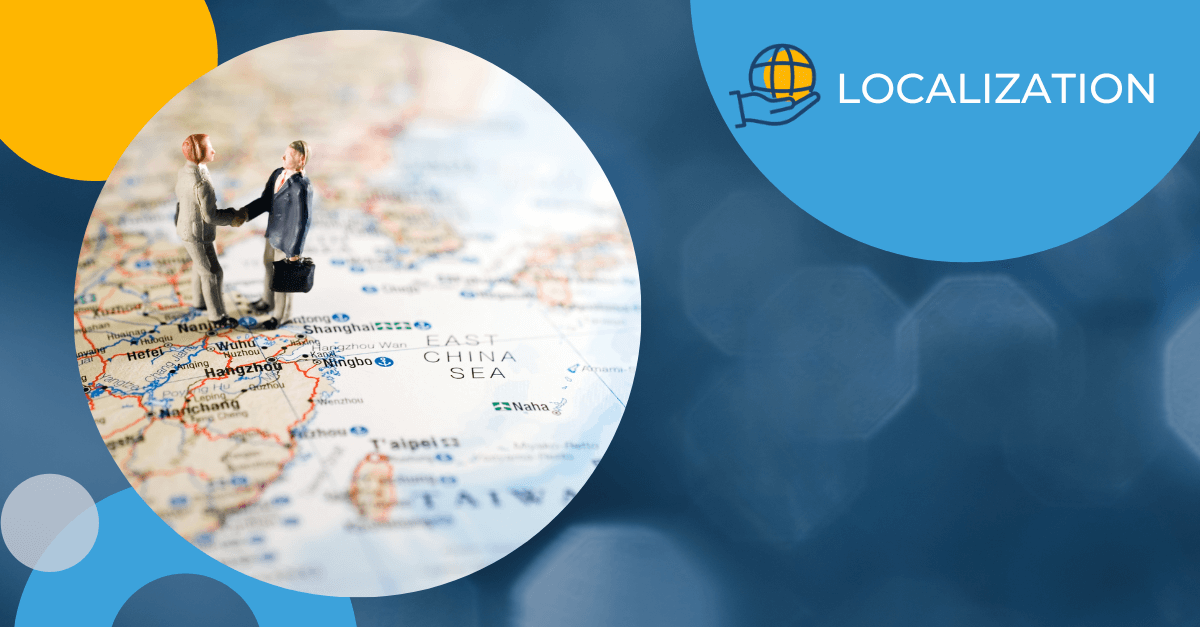Month: March 2015
The Challenges of Translating Medical Documents

Medical translation is a unique field in which foreign language expertise is not the only requirement for preparing a professional translation. The translator need to not only be a native speaker of the language the document is being translated into, but must also have subject matter expertise in the specific medical field. Between shorthand and industry specific jargon, the medical industry practically has a language of its own. Translation companies that are not specialized often rely on translators that do not have a firm understanding of the document that needs to be translated. If a medical translator does not have an academic and experiential background in life sciences, then they are the wrong person for the job.
Whether you are Fortune 500 pharmaceutical or medical device company, or a biotech startups or CRO, your market and products will differ, but the paperwork and other hurdles on the path to regulatory approval are similar. Translating dossiers, exhibits, and reams of other documents is an everyday part of the process. Additionally there are a multitude of procedural issues that come into play with the medical field. Standardization (such as for CRF’s or in labeling), ensuring regulatory compliance for all documents, and providing translations in submission-ready templates and formats are common practice and just the tip of the iceberg for the medical field. To the dismay of many applicants, applications have been rejected by regulatory bodies like the FDA because of inconsistencies and errors in their CMC documentation.
Morningside ensures that all of our medical translators are medically and scientifically qualified with industry experience in the specific medical field at issue.. We follow the highest standards of translation quality, and our quality management system is officially ISO 9001:2015 certified. Our medical translators have extensive experience translating clinical research, regulatory documents, drug development, and medical device documentation. When it comes to medical translation, don’t risk compromising on quality. Make sure you work with a translation company that offers certified quality for the life sciences industry.
Get the latest insights delivered to your inbox
Why Localizing Your Mobile App is a Must

According to the statistics website Statistica, worldwide free app downloads in 2016 is projected to grow to 211.31 billion downloads, and paid app downloads are predicted to be 13.49 billion downloads. There is no question that the international value of apps is on the ‘up and up.’ Yet, in a world where language remains the primary challenge to taking your app global, translation is a must. After all, the value of your app is not what you have to offer, rather what users can gain from it. Therefore, just having your app in the global app store isn’t enough; users need to be able to get the full value of your app in the language they are most comfortable with. But straight, literal translation will almost always decrease the value of your app with regards to the user experience. Your branding and marketing message will inevitably get lost in translation. For mobile apps, this is where the need for localization comes in.
Why isn’t translation alone sufficient? Because if a provider were to just directly translate their app they run the risk of a number of issues, the most frequent being the text and context.
Translating text from one language to another will change the length of the text, sometimes even up to 50% longer when translated into another language, thereby not filling the designated space correctly. This is a real issue in mobile as space is extremely limited. Alternatively, they run into compatibility issues of text orientation, such as left-to-right vs right to left, or even vertical text. Additionally, there are local differences in terms of date and time, measurement conversions (imperial vs metric,) and using the correct currency formats.
If not done properly, globalizing your app leaves you vulnerable to mistranslations and graphics that might be culturally inappropriate or sensitive. This is where the context comes in. Translating your app needs to be done with the cultural specificities of the target countries that only a native would know. This is why human localization that is done by a native of the country is critical. Furthermore, mobile apps have a specific vocabulary that needs to be accounted for. For example, the word “done” can be translated in a number of ways, but as it is a crucial button on all mobile devices, the correct, culturally specific term must be used. Anything else would look wrong. A localization service that uses translators native to each target country will be able to take into account these ‘small’ details to provide the optimal user experience.
You can learn more about Morningside’s translation and localization services by clicking here.
Get the latest insights delivered to your inbox
Expanding Your Business to the Global Marketplace

Since the global economic downturn that occurred several years ago, many business owners have been more than hesitant to expand their services globally. Yet, by not doing so, they are closing themselves off from global business opportunities with a wellspring of potential. The global economy is well on its way to regaining some strength and stability. This provides business owners a unique opportunity to get their feet firmly implanted into new markets while the competition is either nervous or can’t afford to branch out.
To successfully expand your business abroad however, business owners need to fully consider these three steps they must take to make a successful transition: demand, logistics and communication.
Demand
Firstly, anyone interested in looking to expand their business needs to do thorough research to determine whether there is in fact a demand or opportunity for their service. Some services are tied to situations or cultures that may not ‘translate’ overseas. Take for example a furniture manufacturer who specializes in product made from materials that are only readily available in their headquartered area. This is not a reason not to expand, rather to adapt their business model to meet the new types of demand.
Logistics
Then the logistics need to be considered. This covers anything from finding and organizing the raw materials to HR and manpower, as well as legal or governmental hurdles and considerations. Each part of the logistical process needs to be thoroughly thought out and accounted for beforehand. Even small oversights can cause the entire global expansion to fail.
Communication
Finally, the business owner needs to communicate with his or her new audience. This is achieved by translating and localizing of all the relevant business collateral, as well as the website. This will ensure that prospective clients will both understand what is presented to them, but also feel comfortable with how it is presented.
Though these three steps alone are not enough to guarantee success for a global expansion, they certainly form the foundational pillars which are critical to success.

